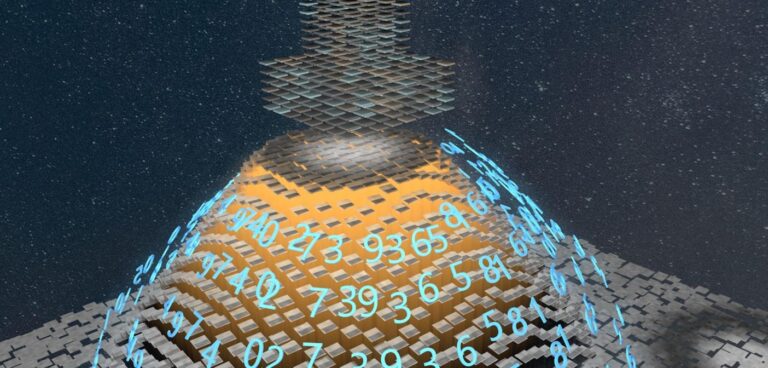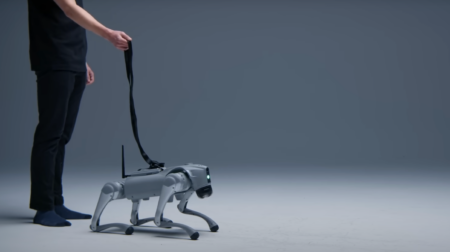Researchers at the University of Gothenburg have developed an AI tool that enables new opportunities for analysing images taken with microscopes, for use both in research and industry.
The team said the study showed that its tool could fundamentally change microscopy, paving the way for new discoveries.
Focusing on deep learning, AI and machine learning, the team developed a solution that uses neural networks that learns to retrieve exactly the information that a researcher wants from an image.
The tool looks through a huge number of images known as training data, simplifying the process and eliminating the need for researchers to do so manually.
“This makes it possible to quickly extract more details from microscope images without needing to create a complicated analysis with traditional methods,” said Benjamin Midtvedt, a doctoral student in physics and the main author of the study.
“In addition, the results are reproducible, and customised, specific information can be retrieved for a specific purpose.”
Furthermore, the tool allows the user to decide the size and material characteristics for very small particles and to easily count and classify cells.
The researchers said they have already demonstrated that the system can be used by industries that need to purify their emissions by enabling organisations to see in real time whether all unwanted particles have been filtered out.
In addition, in future the tool could be used to follow infections in a cell and map cellular defence mechanisms, opening up new possibilities for new medicines and treatments.
Midtvedt added: “We have already seen major international interest in the tool. Regardless of the microscopic challenges, researchers can now more easily conduct analyses, make new discoveries, implement ideas and break new ground within their fields.”








